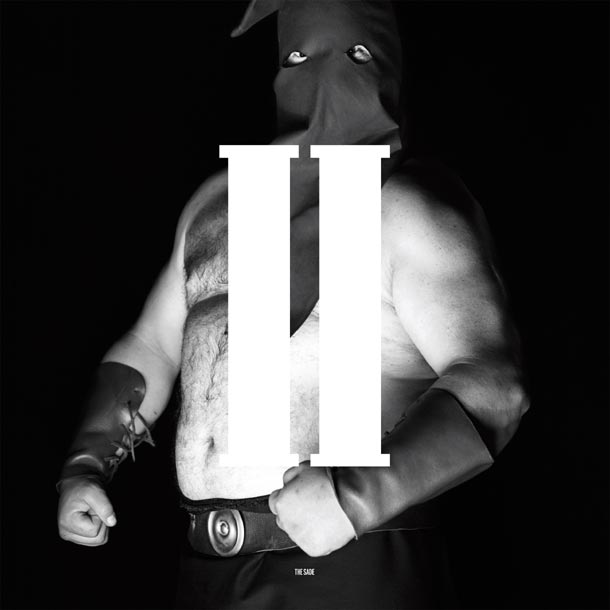THE SADE, II

Forse c’entra il Divino Marchese, ma davvero non ho assolutamente idea del perché i The Sade da Padova, giunti al secondo disco, s’immaginino come un boia panzone. La copertina, comunque, rimane di gran pregio e si fa ricordare. Il trio, con davanti Andrea degli OJM (qui a voce e chitarre), arriva qui con un onestissimo mix di Danzig, punk, Motörhead, Hellacopters e – per non dire sempre i soliti – 69 Eyes, dato che si gioca anche pezzi con un tiro dark e vagamente malinconici, ma senza scimmiottare la wave, restando cioè “nel suo mondo”. Al netto della necessità di fondere sempre di più tutte queste anime in qualcosa che sia autonomo, II scorre molto liscio, come se i The Sade non facessero altro nella vita che suonare. Una volta trovate le influenze, che non sono proprio gruppi kraut attivi sei mesi nel 1971 o library music afghana, l’album diventa a tratti prevedibile: vale anche per i film di Bud Spencer e Terence Hill, ma voglio sapere chi è che non li guarda e non aspetta il momento in cui si comincia a menare. Il gruppo è cosciente di questo mezzo limite, quindi – attento a non perdere spontaneità – cerca di cesellare ove possibile, ad esempio aggiungendo archi alla fine di “Lovekiller Requiem” o il sax in “Ballad Of The Black Moon”. Tra l’atro, come si sarà capito, i ragazzi hanno in tasca qualche pezzo-bomba buono per l’autoradio e l’ubriachezza molesta, ma anche due-tre lentazzi con i quali variare la formula (non dimentichiamo “Devil’s Son(g)”, che omaggia la tradizione). Tutto questo, ai miei occhi, li fa apparire molto meno “bidimensionali” di certe band che oggi sanno suonare sempre e solo lo stesso brano.
Vedremo quante teste faranno cadere.
